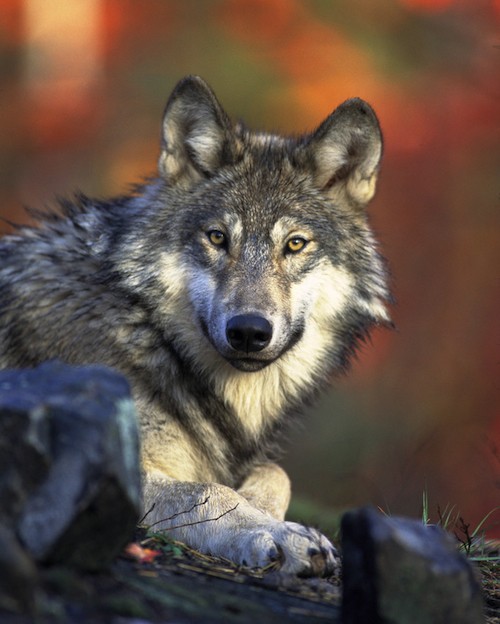
Gray Wolf (Canis Lupus) photo courtesy of Center for Biological Diversity
The gray wolf is an endangered species throughout Washington under state law and is endangered under federal law in the western two-thirds of the state. Wolves were once common throughout most of Washington, but declined rapidly from being aggressively killed during the expansion of ranching and farming between 1850 and 1900. Wolves were eliminated as a breeding species from the state by the 1930s, although infrequent reports of animals continued in the following decades, suggesting that small numbers of individuals continued to disperse into Washington from neighboring states and British Columbia1.
On December 3, 2011, the Washington Fish and Wildlife Commission approved a wolf conservation and management plan for Washington wolves. The plan has two major components: (1) recovery objectives and strategies for downlisting and delisting wolves at the state level, and (2) management strategies to reduce and address conflicts with livestock and big game herds. You can view an executive summary of the Wolf Conservation and Management Plan here or you can download the entire document here.
An outpouring of support for wolves in Washington bolstered this hard fought science-based wolf plan which was four years in the making and is now being sorely tested by one arrogant rancher.
Bill McIrvine, owner of the Diamond M Ranch, has a lease agreement with the state to graze his cattle on a plot of public forest but shows blatant disregard for the law and disdain for the Washington Department of Fish and Wildlife.
This gets to the crux of the matter, livestock grazing on public lands. In 1976, Congress passed the most significant law relating to Bureau of Land Management (BLM) lands since the Taylor Grazing Act of 1934. The Federal Land Policy and Management Act (FLPMA) provided comprehensive direction to the BLM. The new law confirmed that the BLM was a multiple-use agency classifying six uses as appropriate: grazing, fish and wildlife, minerals, rights-of-way, recreation, and timber1.
Were the Forest Service to announce that every single acre of forest was suitable for logging, the public would probably shriek. But the BLM has made an analogous decision for rangelands, grazing is still authorized on the vast majority of the BLM’s 177 million acres in the lower forty-eight states, and the public has responded with indifference. How has the ranching industry kept such a muscular grip on public policy and resisted new views of land use so successfully?
Ranchers were among the first settlers in much of the West, and their control of land quickly translated into political influence among state politicians. In fact, in many cases, western politicians have been ranchers. In both houses of Congress, representatives from western states scramble to chair subcommittees that oversee range policy. Thus, over the years, a small number of western politicians have exerted enormous control over federal grazing policy2.
Whereas range scientists had focused on forage, productivity, and effects on a few game species, more broad-based studies found that livestock grazing might be less benign in arid western ecosystems than previously thought. Biologists were especially concerned about livestock effects on western riparian areas, which are among the most productive habitats in North America, essential to many wildlife species for breeding, wintering, and migration. Cattle, too, prefer riparian areas for their shade, cooler temperatures, and water. In addition, riparian zones have more abundant food. Not surprisingly, cattle spend a disproportionate amount of their time in riparian zones, where they inflict considerable damage. The Environmental Protection Agency concluded that riparian conditions throughout the West are now the worst in American history, livestock grazing is a primary reason.
Scientists began to realize that these sorts of effects are remarkably widespread. In the eleven western states, 70 percent of the land area is grazed by livestock. In terms of the extent of area affected, other types of land use like logging, mining, and crop agriculture pale in comparison. Significantly, in the 1990s, the normally staid scientific community began to speak with a firmer voice. The American Fisheries Society, the Society for Conservation Biology, and the Wildlife Society all endorsed formal position statements on the nefarious biological consequences of grazing. “Livestock grazing . . . has a host of negative ecological repercussions. . . . Much of the ecological integrity of a variety of North American habitats is at risk,” intoned the conservation biologists. “The inherent productivity and ability to sustain fish, wildlife, and livestock is in jeopardy,” echoed the wildlife biologists2.
The public lands of the United States are a hallmark of our democracy and harbor some of the greatest resources of our nation. Federally managed lands, owned by all Americans, total 623 million acres, or more than 25 percent of the U.S. land base. There are four major federal land agencies, the Bureau of Land Management (BLM), the U.S. Forest Service (USFS), the National Park Service (NPS), and the U.S. Fish and Wildlife Service (USFWS). State agencies and other government departments oversee millions of acres of additional public land.
Unfortunately, resource exploitation of various kinds has driven public lands management for many decades. Mining, logging, oil and gas drilling, and even farming have occurred and continue to occur on public lands. But the most widespread commercial use of western public lands is livestock production. Nearly all public lands that have any forage potential for livestock are leased for grazing. This includes 90 percent of BLM lands, 69 percent of USFS lands, and a surprising number of wildlife refuges and national parks. This land, your public land, is frequently managed as if it were a private feedlot rather than the common heritage of all Americans3.
Laws that apply to the BLM’s management of public lands grazing include the Taylor Grazing Act of 1934, the National Environmental Policy Act of 1969, the Endangered Species Act of 1973, the Federal Land Policy and Management Act of 1976, and the Public Rangelands Improvement Act of 1978.
The Federal grazing fee, which applies to Federal lands in 16 Western states on public lands managed by the BLM and the U.S. Forest Service, is adjusted annually and is calculated by using a formula originally set by Congress in the Public Rangelands Improvement Act of 1978. Under this formula, as modified and extended by a presidential Executive Order issued in 1986, the grazing fee cannot fall below $1.35 per animal unit month (AUM); also, any fee increase or decrease cannot exceed 25 percent of the previous year’s level. (An AUM is the amount of forage needed to sustain one cow and her calf, one horse, or five sheep or goats for a month).
The 2012 grazing fee of $1.35 per AUM grazing fee applies to 16 Western states on public lands administered by the BLM and the Forest Service. The states are Arizona, California, Colorado, Idaho, Kansas, Montana, Nebraska, Nevada, New Mexico, North Dakota, Oklahoma, Oregon, South Dakota, Utah, Washington, and Wyoming4. These fees can exceed $20 per AUM on private rangelands.
This paltry amount paid by ranchers to use our public lands to graze their cattle is outrageous! The fact of the matter is that the fiscal costs of federal public lands livestock grazing far surpasses the amount of moneys the government receives in grazing fees. The Government Accountability Office (GAO) has reported the federal government spends at least $144 million each year managing private livestock grazing on federal public lands, but collects only $21 million in grazing fees—for a net loss of at least $123 million per year!
The GAO admits its report is incomplete because several agencies, including the Natural Resources Conservation Service and the Environmental Protection Agency, which spend millions of dollars mitigating for grazing damage such as non-point source water pollution, did not provide estimates of their grazing related costs to the GAO. Other programs that benefit both private and public lands ranchers, such as the “Livestock Compensation Program,” were also not included in the total subsidy to public lands ranchers.
Considering the additional direct and indirect costs not included in the GAO report, economists have estimated that the federal public lands grazing on only BLM and Forest Service lands may cost as much as $500 million to $1 billion annually5. It gets worse. Of the millions of dollars that taxpayers spend annually to subsidize public lands grazing, perhaps $5 – $8 million is dedicated to killing “predators” to protect livestock grazing on federal lands. Native wildlife killed to protect livestock include coyotes, bobcats, wolves, mountain lions, and bears.
Seventy-five percent of Wildlife Services predator control budget is spent to protect livestock on public lands. And here’s the kicker, only 4.7% of cattle and calf losses are attributed to predation (including dogs) while 95.3% are attributed to digestive problems, respiratory difficulties, calving complications, weather and other causes6.
Obviously we need to stop this insane subsidized destruction of the American west by ending the practice of cattle grazing on public lands. Let’s start by demanding that Bill McIrvine remove his cattle from all public lands. There is a petition you can sign to start this process here or you can click on the petition in the far right sidebar of my blog. Secondly, Wild Earth Guardians has a initiative to “Tell Congress to Authorize Voluntary Grazing Permit Retirement.”
Let’s celebrate our wilderness and our wildlife diversity and make sure it is here for our children and grandchildren.
References: 1Washington Department of Fish & Wildlife, 2Land Held Hostage: A History of Livestock and Politics, 3Welfare Ranching: The Subsidized Destruction of the American West, 4Bureau of Land Management, 5Assessing the Full Cost of the Federal Grazing Program, 6USDA-National Agricultural Statistics Service
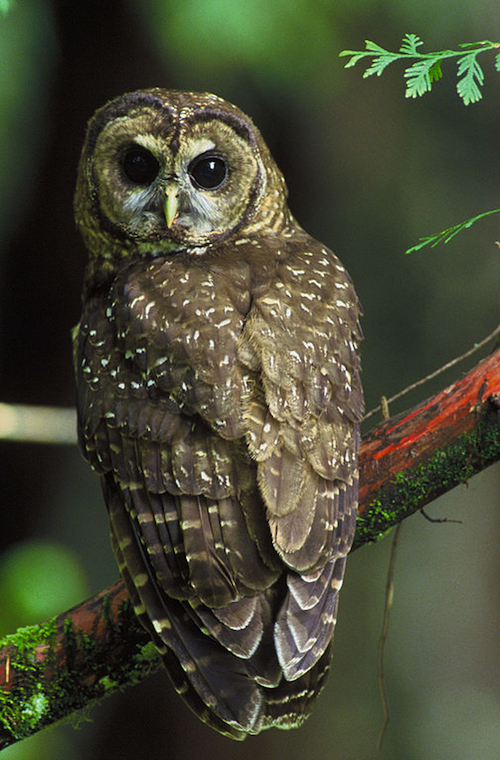 Northern Spotted Owl (Strix occidentalis caurina) photo USFWS
Northern Spotted Owl (Strix occidentalis caurina) photo USFWS
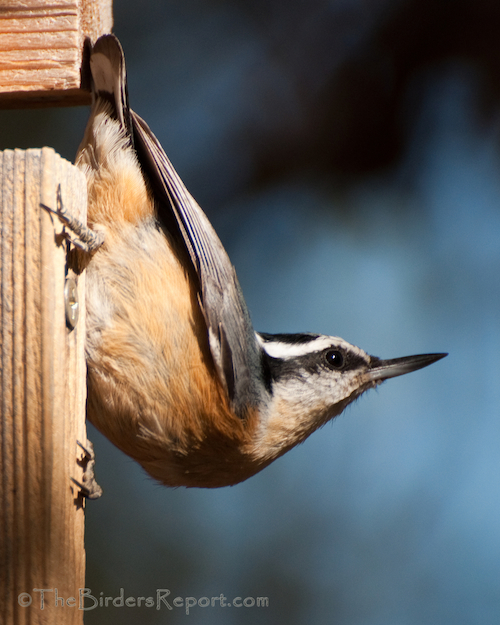
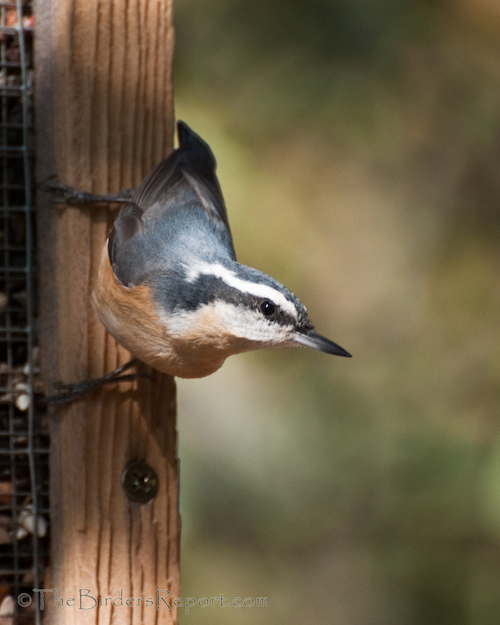
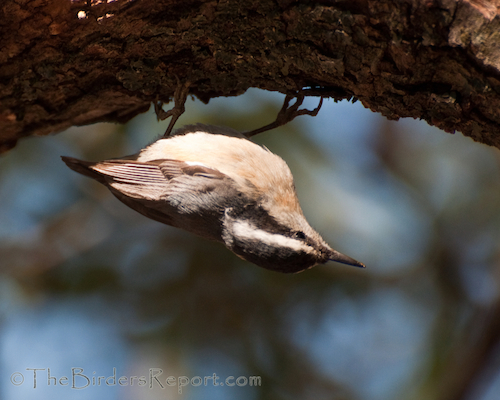
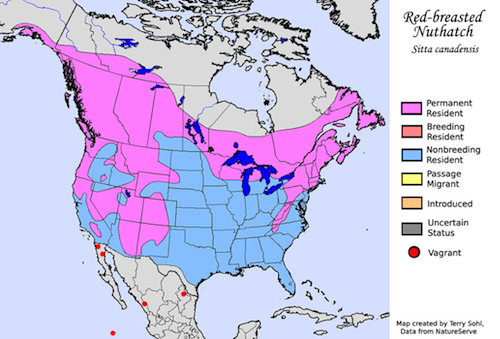












Social Media Connect